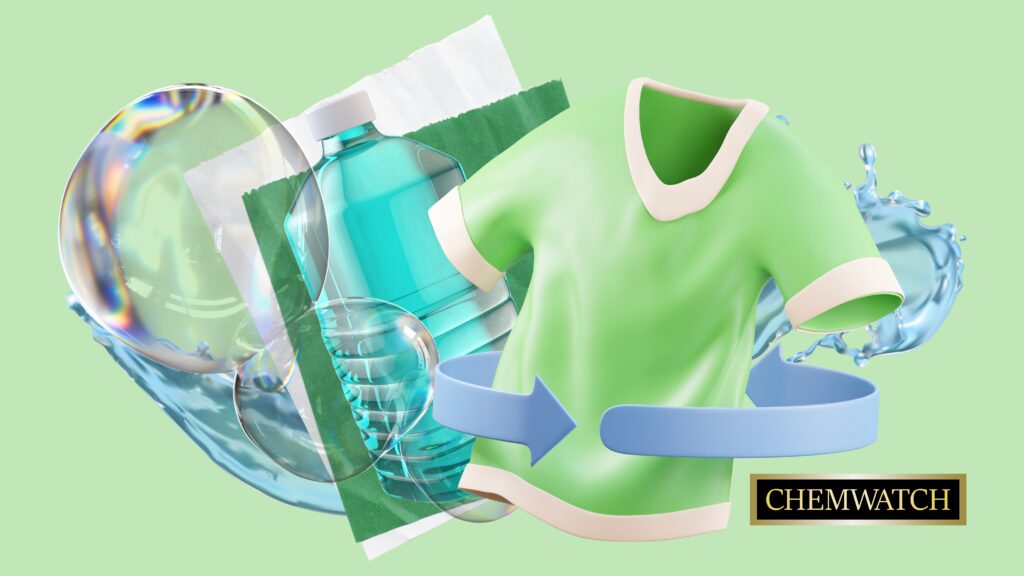
The growing global concern about environmental sustainability has prompted increased scrutiny of various industries and their impact on the planet. One such area of focus is the textile industry, where the production and disposal of fabrics can have significant environmental consequences. Australia has a growing awareness of the need for sustainable fabric options to minimise environmental harm. However, per- and poly-fluoroalkyl substances (PFAS) in some fabrics pose challenges to achieving sustainable practices. Here, we explore the issue of PFAS contamination in textiles and highlight the importance of embracing sustainable fabric alternatives in Australia.

Per- and poly-fluoroalkyl substances (PFAS) are manufactured chemicals widely used in various industries due to their water- and grease-resistant properties. PFAS have produced waterproof and stain-resistant fabrics in the textile industry, such as outdoor gear and upholstery (EPA, 2021). However, PFAS has raised significant environmental and health concerns due to their persistence, bioaccumulation, and potential toxicity.
One of the challenges associated with PFAS is their long-lasting nature. Once released into the environment, these chemicals do not readily degrade and can persist for decades, potentially contaminating water sources and ecosystems (EPA, 2021). Moreover, PFAS has been detected in the blood of humans and animals, with potential adverse health effects such as hormonal disruption, immune system dysfunction, and developmental issues (Giesy & Kannan, 2001).
Recognising the environmental and health risks associated with PFAS, as well as promoting and adopting sustainable fabric alternatives in Australia is crucial. Sustainable fabrics are produced using eco-friendly practices that minimise the use of harmful chemicals, reduce water and energy consumption, and support ethical labour practices. Several sustainable fabric options can be explored to replace PFAS-contaminated textiles.
Organic Cotton: organic cotton is cultivated without synthetic pesticides or fertilisers. Its production promotes biodiversity, protects soil quality, and reduces water consumption. Choosing organic cotton fabrics for clothing and home textiles can significantly reduce the environmental impact (Organic Trade Association, n.d.).
Hemp Fabric: hemp is a versatile and sustainable plant requiring minimal water, pesticides, and fertilisers. Hemp fabric offers durability and breathability, making it an excellent alternative for various textile applications (Miyamoto et al., 2021).
Recycled Polyester: polyester is a widely used synthetic fabric that can be manufactured from recycled plastic bottles. By diverting plastic waste from landfills and using it to produce recycled polyester, the environmental impact of textile production can be reduced (Textile Exchange, 2021).
As Australia strives towards a more sustainable future, it is essential to address the issue of PFAS contamination in textiles and promote the adoption of sustainable fabric alternatives. By embracing organic cotton, hemp fabric, and recycled polyester, we can reduce the textile industry's environmental impact and work towards a more environmentally responsible and healthy future.
Many chemicals are not safe to be inhaled, consumed, or applied to the skin. Accurate labelling, tracking, and storage practices are essential to ensure the safe handling and storage of chemicals. Chemwatch offers comprehensive chemical and hazardous material handling solutions, including Safety Data Sheets (SDS), labels, risk assessments, and heat mapping. Our expertise and tools can assist individuals and businesses in minimising the risks associated with chemical substances. Contact us today to learn more about our services and how we can support your commitment to safety and environmental responsibility.
Sources: